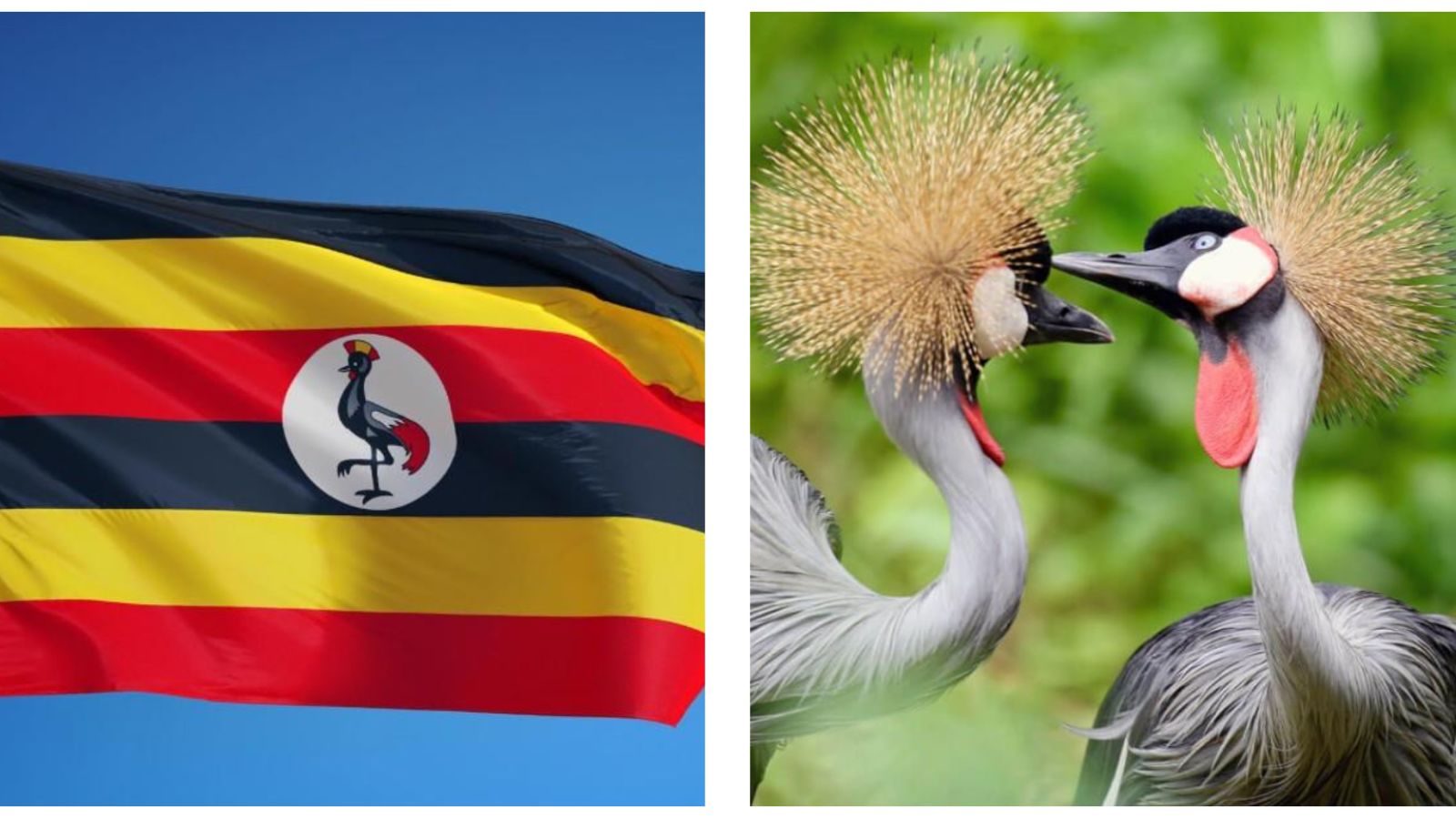By Eleni Poulios
The crested crane, known for its magnificent golden crown, is reportedly facing extinction in Uganda, where it holds special cultural significance.
Despite featuring prominently on the national flag and in the nicknames of numerous sports teams, the unique bird continues to see its population shrink throughout the East African country for a variety of reasons.
Legal protections not enforced
Over many centuries, local superstitions have led the Ugandan people to believe that the crested crane is a symbol of a long life, wealth, and good fortune.
Locals think that killing the bird causes other cranes to flock to the killer’s house until they are either dead or driven mad.
According to Jimmy Muheeba, a senior conservationist at NGO Nature Uganda, these kinds of stories caused fear and, as a result, the bird was respected and left unharmed.
Nowadays, things are different. Even though the crested crane is protected by law and violators are subject to steep fines and prison sentences, the species is often treated poorly.
Outside of conservationists, many Ugandans are unaware of the bird’s legal protection, and farmers often try to get rid of the cranes whichever way they can due to them being perceived as a nuisance.
READ MORE: US health, animal experts scramble to contain the spread of bird flu

Perception as a pest
The crested crane is a non-migratory bird and will generally only make seasonal movements, depending on the food sources.
It is also a wetland bird and will mostly flock in those kinds of areas.
However, with Uganda’s increasing population and the related sustenance demands, farmers are being pushed to cultivate closer to the protected wetlands.
That results in the cranes, understandably, eating the farmer’s crops.
A lot of farmers simply do not see any value in the bird and only consider them a threat to people’s livelihoods.
Sadly, even if farmers decide to take no action against cranes, the birds still face death via poisoning thanks to the use of certain agro-chemicals on crops.
YOU MAY ALSO LIKE: Donald Trump ends ‘forced’ use of paper straws

Historical population decline
Back in the 1970s, the crested crane had a population of approximately 100,000. That number is now estimated to be around 10,000.
Due to the clear drop in numbers, in 2012, the bird was put on the International Union for Conservation of Nature (IUCN) Red List of Threatened Species.
In order to reverse the decline, the Ugandan government and local conservationists have now committed to restoring wetlands habitats and expelling encroaching farmers so as to encourage and protect crested crane breeding grounds.
According to local media, 2025 has been declared a year of wetland conservation in Uganda, with the government vowing to be more forceful with the application of its conservation laws.
READ NEXT: Tyla becomes first African solo artist to hit 1 billion Spotify streams with hit song ‘Water’
